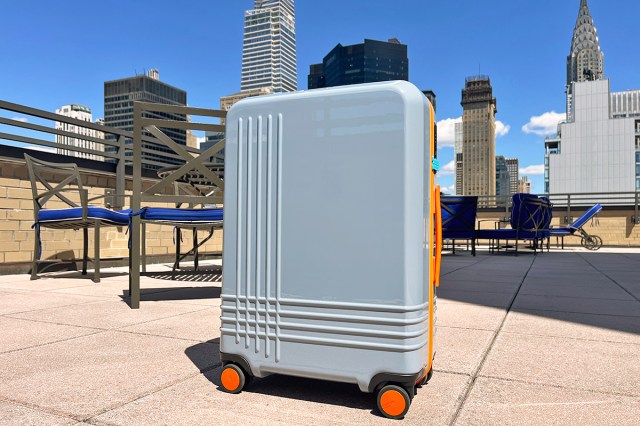Many of us feel a flash of panic when transferring clothes from the washer to the dryer. Can every item be dried? Should delicates air dry? What if I accidentally put something in the dryer and it gets damaged? The list of questions goes on. Avoid laundry day disappointment by stopping dryer mishaps before they begin. Here’s how to dry popular fabrics and hopefully avoid shrinking sweaters, torn lace, wrinkled bedding, and more from now on.
All featured products and deals are selected independently and objectively by the author. Better Report may receive a share of sales via affiliate links in content.
Dryer Safe Materials
These fabrics are usually dryer-safe, saving you time and effort on laundry day. If you need clarification, check the garment tags.
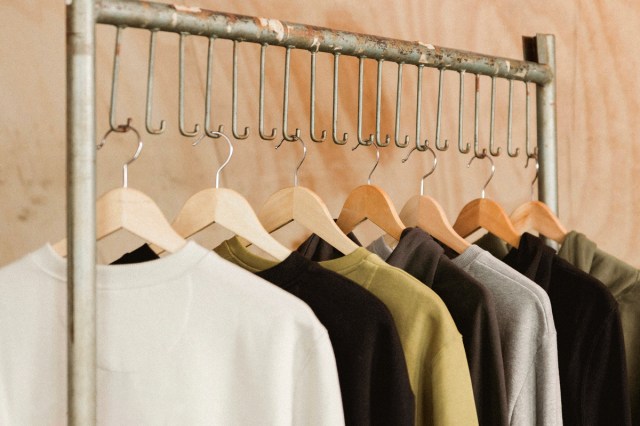
Cotton
Most cotton items can be placed in the dryer on a permanent press setting, which reduces wrinkles. Cotton is very durable, so while damage isn’t usually an issue with high heat, shrinking can happen, especially with lighter cotton garments such as t-shirts — looking at you, 100% cotton. Heavier cotton items, like towels and hoodies, can typically be dried at medium to high heat, which speeds up drying time.
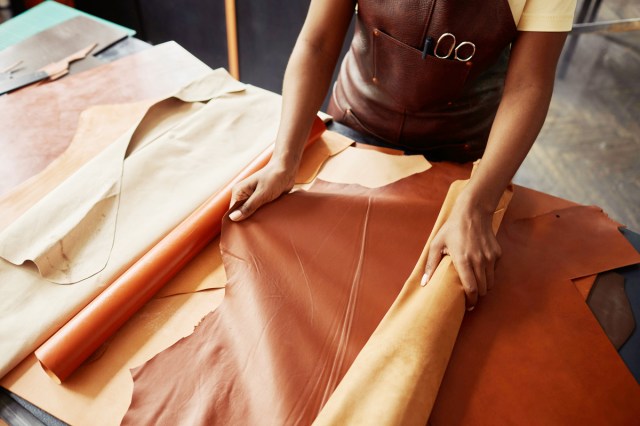
Polyester
Polyester is more durable than most fabrics and can go in the dryer at medium heat. Polyester also dries faster than other materials, so select a shorter cycle. If an item is 100% polyester, it will rarely shrink, but be warned, polyester blends can shrink depending on what other materials they’re mixed with, such as cotton.
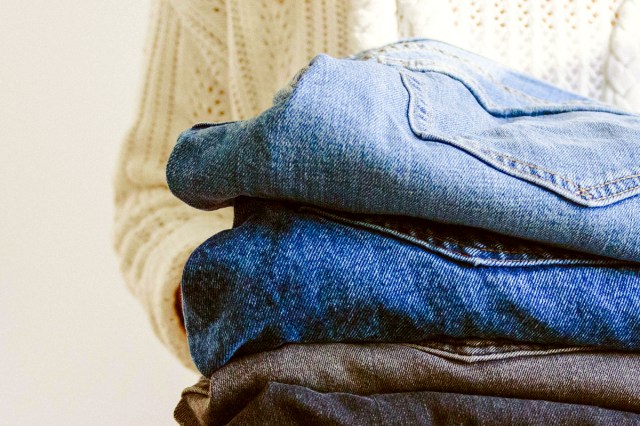
Denim
Denim can go in the dryer, but a low heat — or no heat — setting is usually best. Note that some denim jeans contain more spandex than others, which can be damaged in the dryer, especially on high heat, so be sure to read the tag to find out which materials are in the garment. Throwing in some dryer balls or fabric softener sheets will help reduce wrinkling.

Reader Favorites
Linen
Linen can be tumble-dried on medium heat, but it’s not a “set it and forget it” fabric. Over-drying linen can cause excessive wrinkles that are difficult to iron out, and high heat can cause some linen to feel stiff. When in doubt, air dry linen.
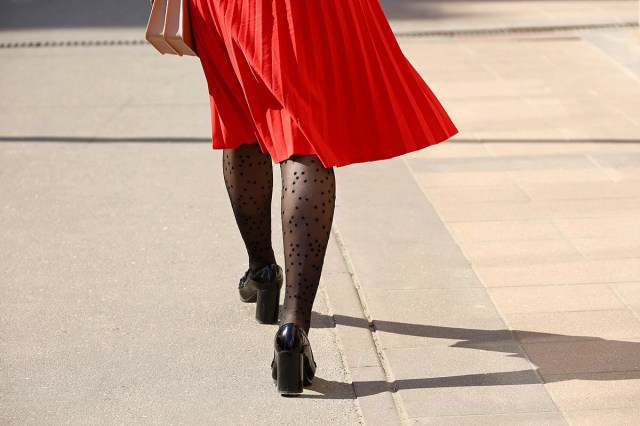
Nylon
Nylon is relatively durable and can typically be dried on a low setting. However, this material is prone to static cling, so putting dryer balls or fabric softener sheets in with your laundry will mitigate this. However, some delicate items made of nylon, such as hosiery, should always be air-dried.

Acrylic
Acrylic is typically used to make durable cold-weather, such as gloves, sweaters, scarves, pants, and other heavy garments. These items can be dried on low or medium heat — high heat can cause static or set-in wrinkles.
Never Put These Materials in the Dryer
Unless the tag says otherwise, the following items are more delicate and should always be air-dried.

Spandex
Clothing made primarily of spandex should not be put in the dryer. The heat will cause the fabric to lose its elasticity. Everyday spandex items such as exercise clothes, leggings, sports bras, tanks, and swimwear are best air-dried. However, items with a small amount of spandex, like jeans, should be safe in the dryer on a low-heat setting.

Silk
Silk should only be placed in a dryer that has a “tumble dry no heat” setting (or “air only”) because heat will ruin the fabric. But even then, tumble drying isn’t worth the risk. Likewise, hang-drying silk can lead to folds, bulges, and stretching, so the best practice is to lay delicate silk garments flat to dry. This will help the garment maintain its shape.

Leather
Heat is very damaging to genuine leather. It causes the natural oils in leather to evaporate, and without this moisture, leather cracks and turns dull. Faux leather should also be air-dried, but not for the same reason. Faux leather is often made with a plastic base that can melt when exposed to high heat, creating a mess in your dryer.

Lace
Aside from shrinking, lace can easily get snagged on the dryer’s interior, causing devastating tears. Air dry any lace materials to avoid this. To help the lace keep its shape, do not hang it to dry. Instead, place it on a flat surface and let it dry at room temperature.
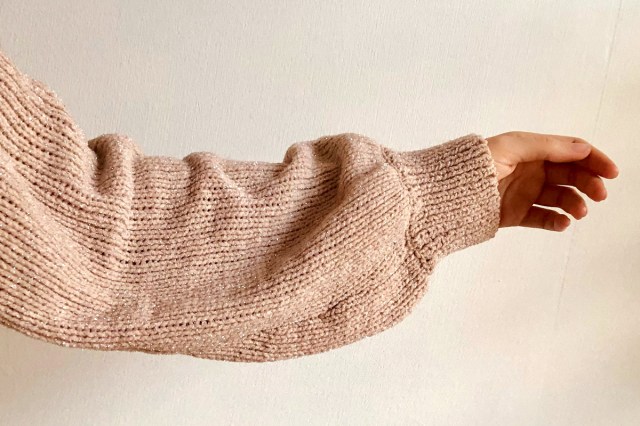
Wool
Some clothing tags indicate that wool is safe to dry on a gentle cycle. This might be the case, but let it air dry to stay safe. Tumble-drying wool clothes can cause “felting,” when fibers get stuck together and become thick and stiff. Wool can also shrink on a “cool” setting, which is all the more reason to air dry.

Faux Fur
To avoid a major dryer meltdown (literally), let your faux fur air dry. Depending on what the faux fur is made of, its fibers could melt all over your appliance. After air drying, brush it out with a wide-tooth comb and, if needed, fluff it with a hairdryer on the “cool” setting.
Featured Image Credit: SrdjanPav/ iStock
More From Our Network
Better Report is part of Inbox Studio, which publishes content that uplifts, informs, and inspires.












